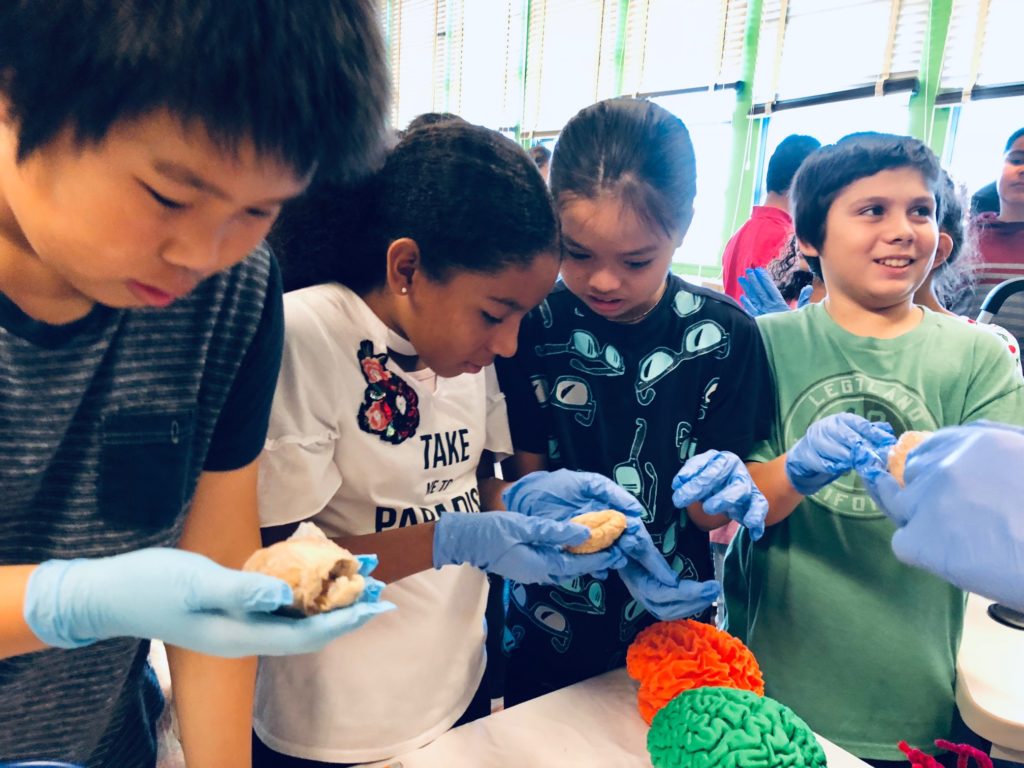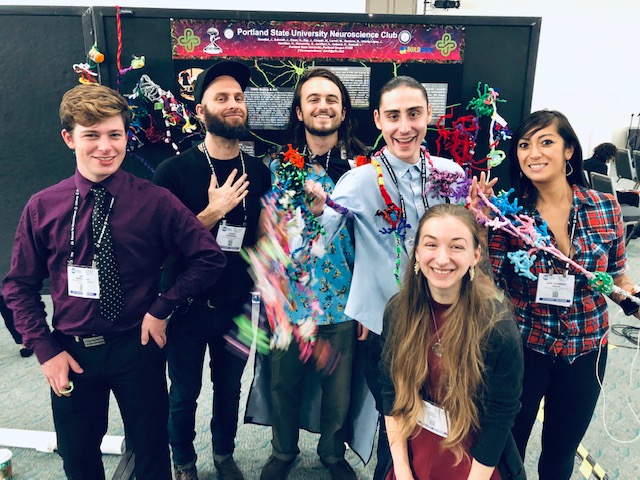“I’ve learned that you shouldn’t go through life with a catcher’s mitt on both hands. You need to be able to throw something back.” ―Maya Angelou

Brain Awareness Campaign Event
Action and Potential in Outreach, Education, and Research
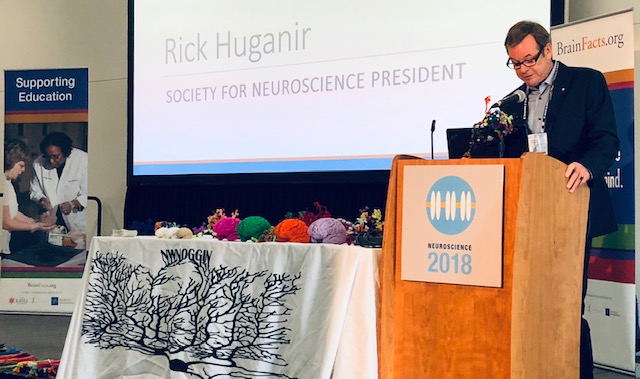
It was a joy and honor to present the keynote address on brain awareness at the national Society for Neuroscience (SfN) conference, and introduce our remarkable undergraduate and graduate outreach volunteers to some of the 30,000 neuroscientists visiting San Diego this week..!
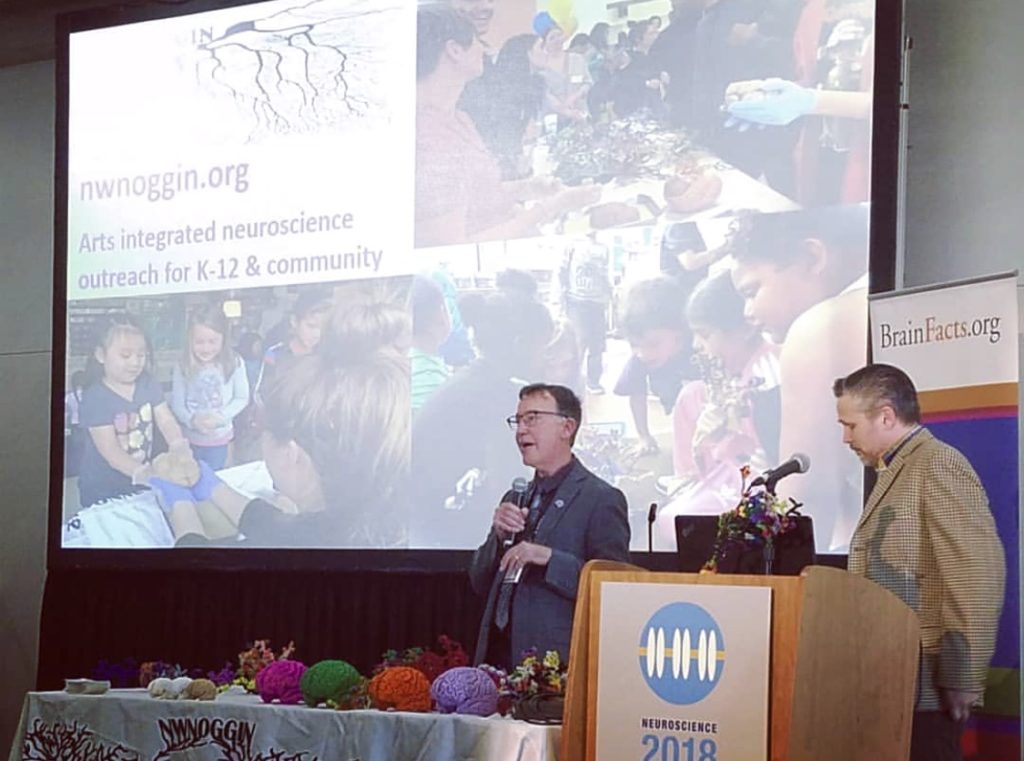
LEARN MORE: SfN18 Celebrates Brain Awareness
LEARN MORE: Noggin Keynote @ SfN Brain Awareness Campaign Event
Our volunteers included many undergraduates from the Neuroscience Club at Portland State University, who had partially funded their participation through a two day public celebration of music, art and neuroscience called Noggin Fest!
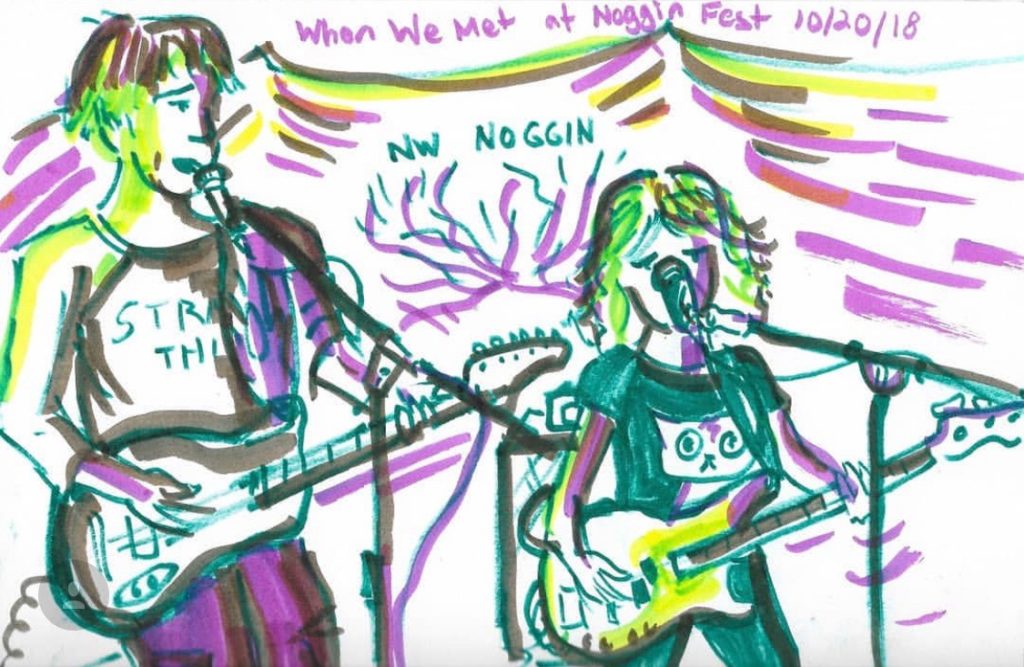
Noggin Fest sketch by Alison Dennis
LEARN MORE: SKETCHES FROM NOGGIN FESTIVAL 2018
LEARN MORE FROM PSU NEURO: Noggins & Noodles @ SfN!
Louis Sumrall, Mary Lerner, Jade Osilla, Sai Kiersarsky, Aaron Eisen, Jesse Benefiel, Jonathan Uriarte-Lopez, Heather Hamilton and Jordan Ray presented posters, and also joined 400 elementary and middle school students for outreach in three San Diego Public Schools!
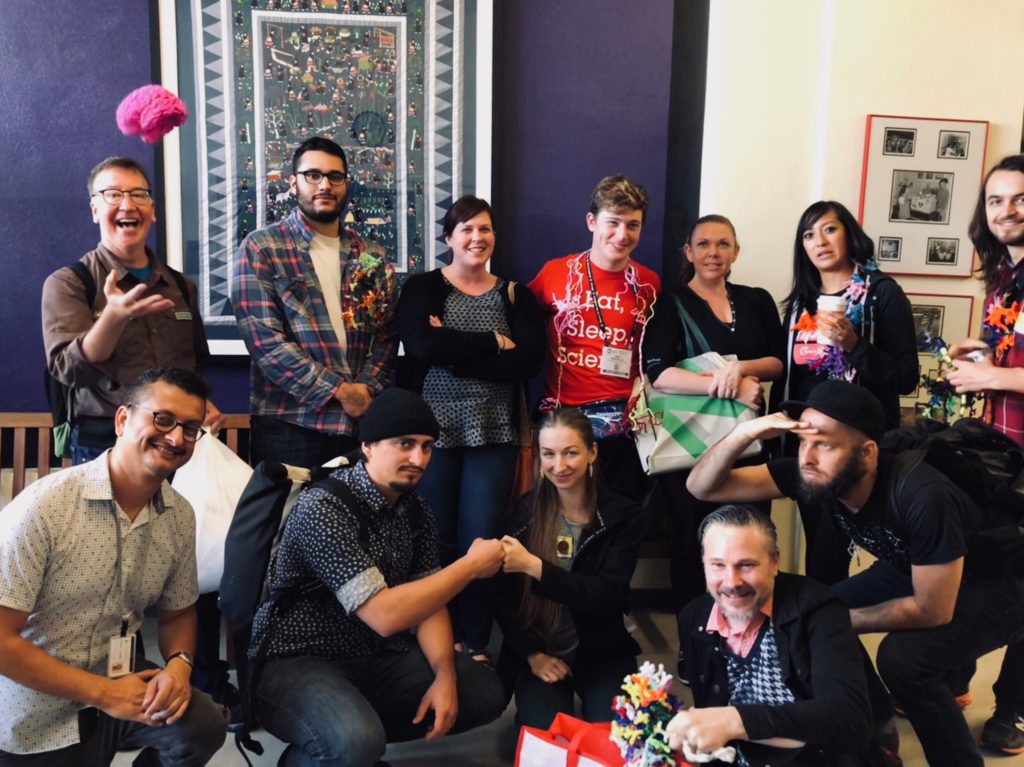
“Let Knowledge Serve the City” ―PSU motto
We happily connected with Javier How and Nadine Heyworth, both postdocs in Neurosciences at the University of California San Diego. They also joined us in the classroom, along with Denesa Lockwood from OHSU, and Angela Gonzalez and Elsa Gomez from WSU Vancouver, for visits to Carson and Linda Vista Elementary School. Javier and Nadine also lent us UCSD’s remarkable brain collection for a second day of outreach at Montgomery Middle School!
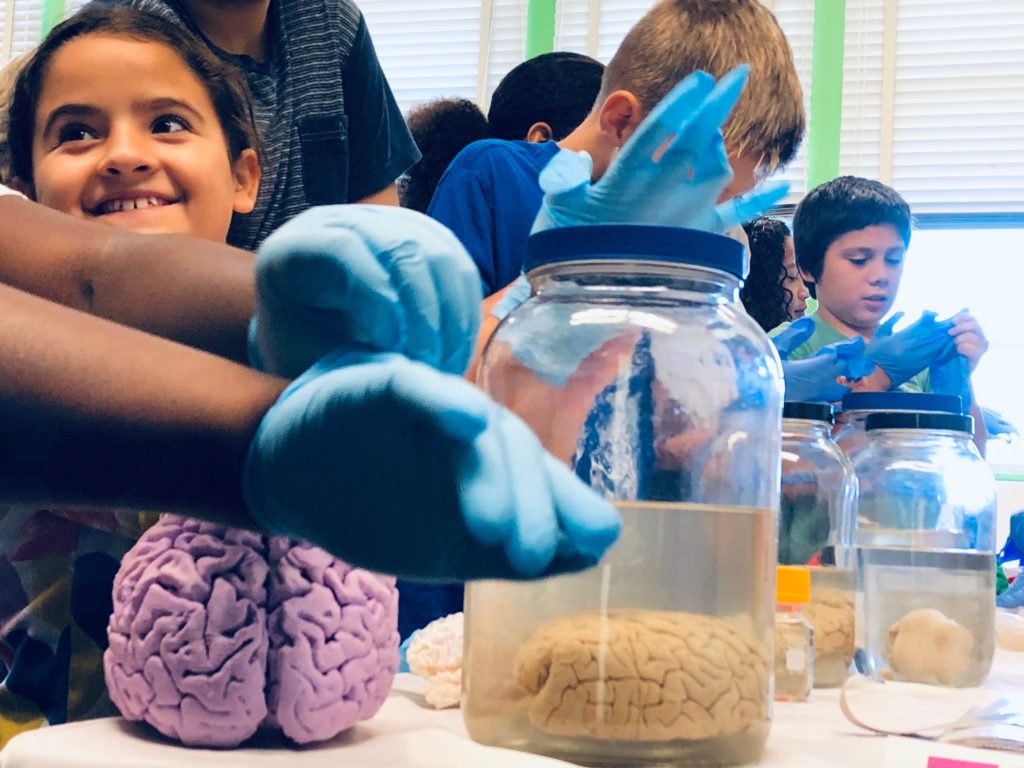

LEARN MORE: Noggin Fest 2018: The Beauty of the Brain
LEARN MORE: NW Noggin + UCSD Neuro K-12 Outreach
We are grateful for those who support brain awareness, including PSU, UCSD, OHSU, SfN and the Dana Foundation, the originator of the annual Brain Awareness Week, and a leading philanthropic organization that promotes brain research through grants, publications, and educational programs…


Photo above courtesy of the Dana Foundation
LEARN MORE: NW Noggin: Interview with the Dana Foundation!
The brain awareness event at SfN also brought together a remarkable audience of poster presenters engaged in creative community neuroscience outreach around the globe.
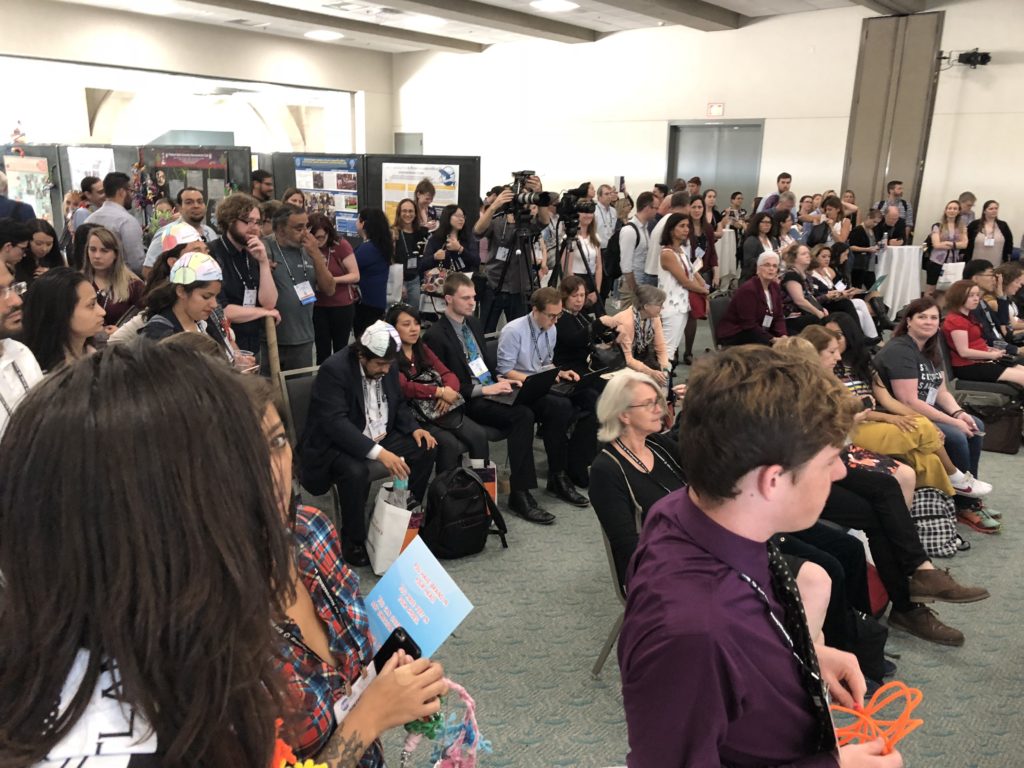
Before our keynote, we enjoyed and celebrated an impressive new video produced by Bradley Allf, a graduate student at the North Carolina Museum of Natural Sciences Biodiversity Research Lab, on the purpose of sleep and how it affects brain function, as studied by the Diering Lab at the University of North Carolina at Chapel Hill…
WINNER: 2018 Brain Awareness Video Contest
We’ve certainly discussed research on sleep and adolescent circadian changes with MANY tired teens over the years! Through the shoestring, all volunteer efforts of our own NW Noggin, we are thrilled to have brought together so many young scientists and artists to talk about relevant brain research – and make art – with over 25,000 K-12 kids since 2012!


We’ve discovered a few things along the way...

For one, connections matter. Exciting K-12, the public, our graduates and undergraduates from multiple area institutions through multi-disciplinary engagement in the community (e.g., in public schools, homeless youth centers, art museums, hospitals, correctional facilities, Congress, bike shop pubs,…) is a powerful, beneficial experience…

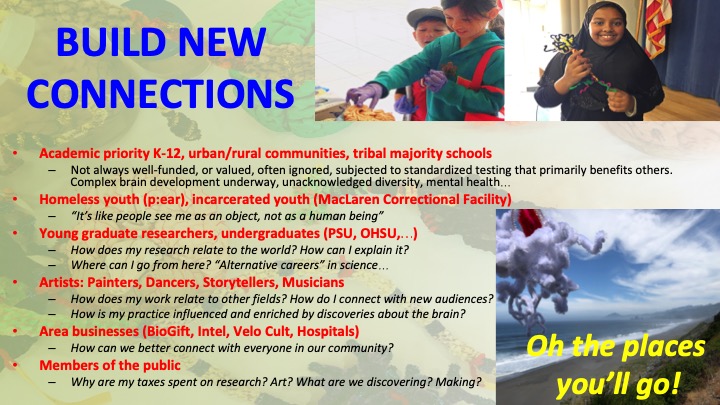
LEARN MORE: Noggin Bloggin
LEARN MORE: NW Noggin Collaborators
Everyone gains insight into who shares our community, becomes aware of local interests and needs, and discovers options for further education, connections and jobs. The public funds much of our teaching and research, and neuroscience is inherently fascinating – and energetic, innovative outreach can promote deeper understanding, wonder, excitement and support…

Go places. The best outreach is audience-driven, in the community.
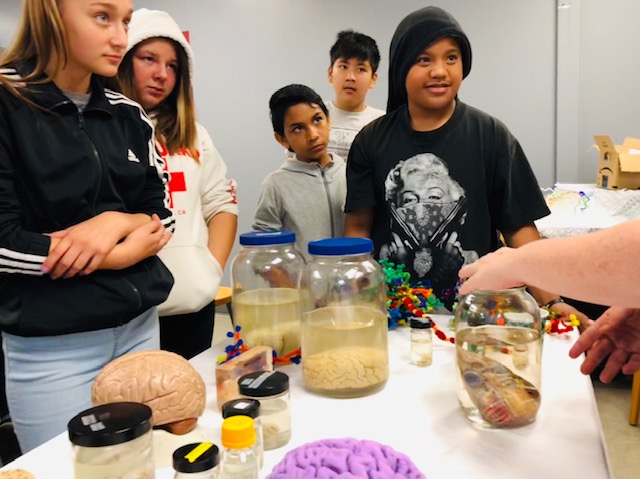
What do high school students at Fort Vancouver High School actually want to know about their own brains? What can incarcerated young people at the MacLaren Youth Correctional Facility already tell us about the neuroscience of adolescent brain development, and bias? When a young homeless teenager at p:ear explains that “it’s like people see me as an object, not a human being,” what evidence-based brain research helps us explore what’s happening, and how we might effectively respond? What can our volunteers who study anxiety, sleep, autism or ADHD, or who answer calls on a suicide hotline, offer from their own research and experience?

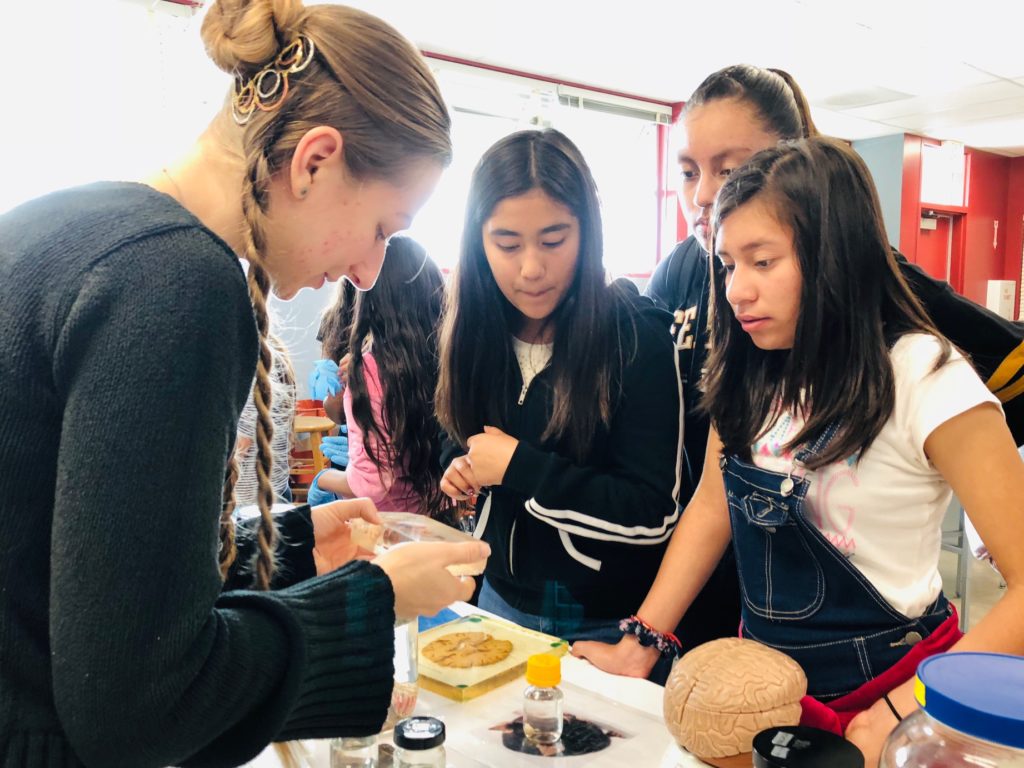
LEARN MORE: Brains, biofeedback & SLEEP @ Fort Vancouver!
LEARN MORE: Corrections, Bias & Brains
LEARN MORE: Landscapes of the Brain: Seeing us all through research & art
LEARN MORE: Joanne Trzcinski on Synapses, Stories & Song!
Ditch the pitch. Pre-recording a speech doesn’t promote flexible engagement, or encourage listening, learning from, or responding to diverse public audiences in ways that include, inspire and connect. We’ve encountered self-described “science communicators” who rarely leave campus, focus primarily on social media and academic conferences for familiar colleagues, charge substantial admission and/or tuition and swear by memorized scripts (e.g., the “elevator pitch”). If they do go somewhere, it’s to more privileged, resource-rich environments. They are missing out..!
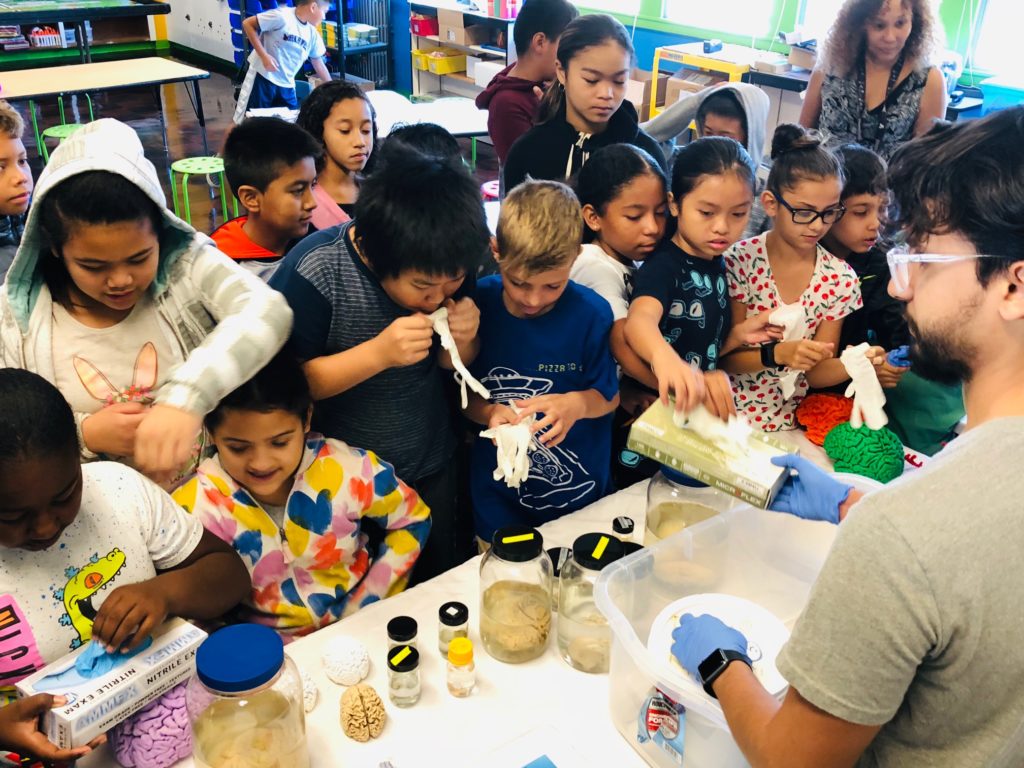
Genuine engagement, public school, no charge, no catcher’s mitts, no script…
Going where you are not the expert, and inviting people to ask the questions and describe what they already know offers opportunity for dialogue and for sharing your own stories of relevant research. It challenges your own biases, including confirmation bias (i.e., from not hearing varied perspectives and limiting discussion of research to colleagues), and helps better train brain networks critical for developing essential implicit skills, including listening, seeing others, and public speaking…
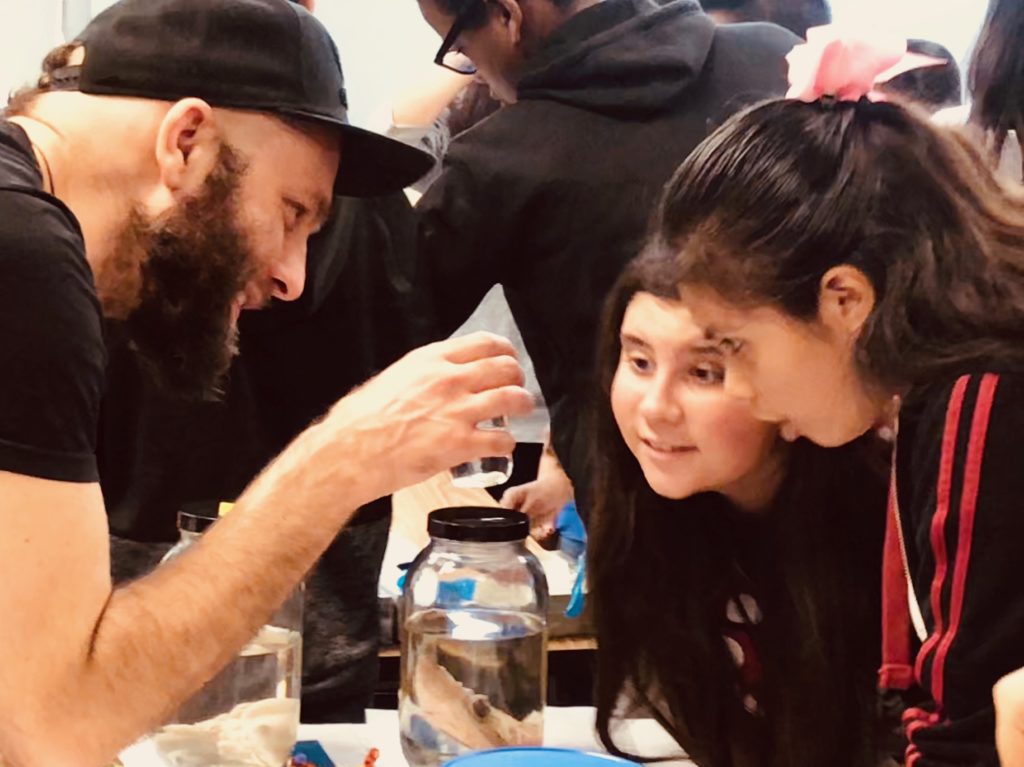
Through direct community outreach, you learn to talk from a genuine understanding of research concepts, data and ideas, admit questions you’re struggling with, discover new perspectives, share your own experiences, and make authentic connections with what others know and say.

“I want to be a neuroscientist!” Role models in the classroom show the way…
This is powerfully motivating, and it brings our volunteers back again and again and again. You are communicating – not just pressing PLAY on a pitch – and it may come out a little differently each time depending on your audience, what you’re learning and what they’d like to know.

Art is integral to what we do, as it’s about how we learn and how we communicate. “We wanted to give people the chance to approach these often complex and not easily explained concepts we discuss in a way that allows them to explore those ideas and accommodates a diverse range of approaches,” said Jeff Leake, the Arts Coordinator for NW Noggin.
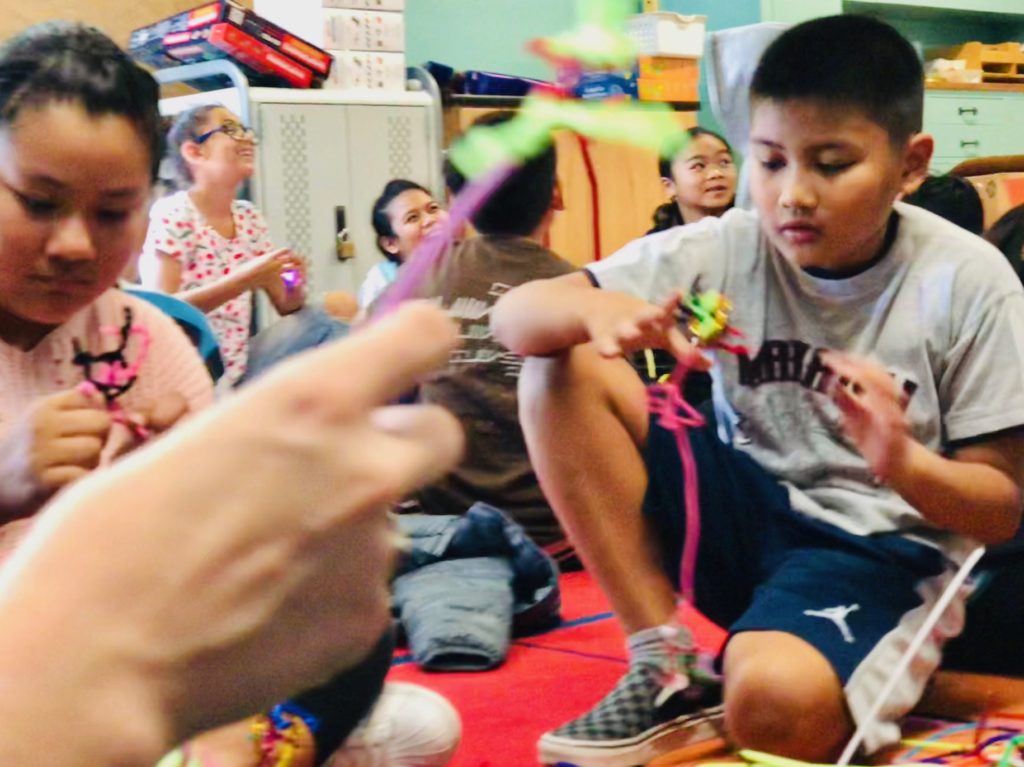
LEARN MORE: What color is your…neuron?
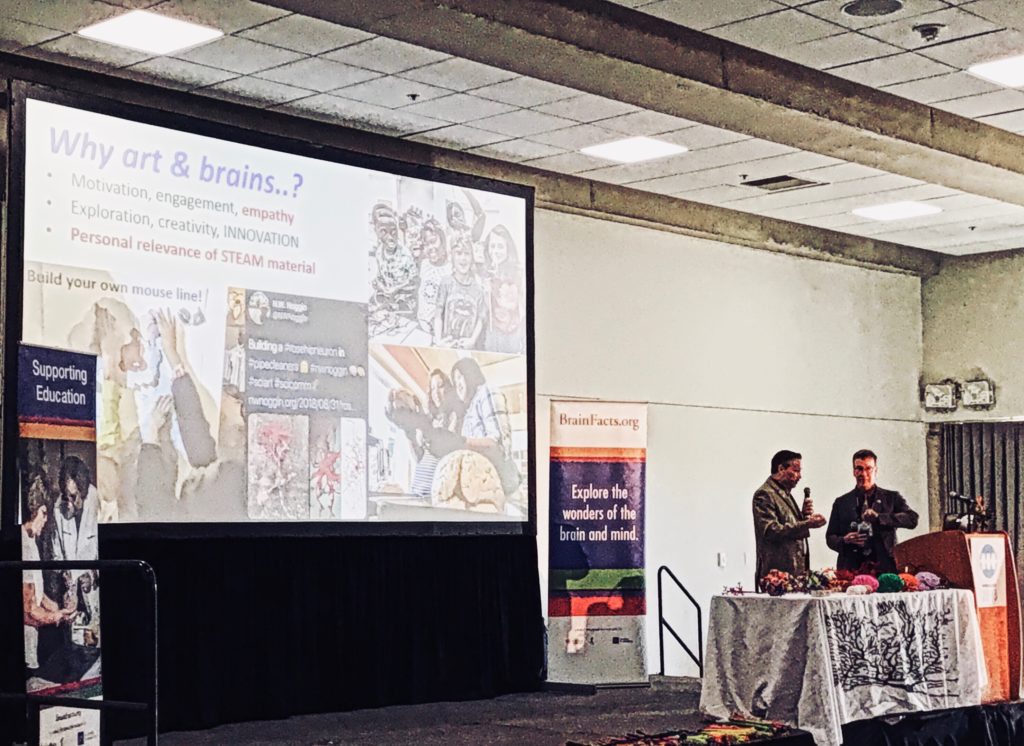
“There’s not one right answer! And perhaps most importantly this allows more room for self expression, which fosters a sense of ownership in learning and helps to make it more personally relevant.” – Jeff Leake
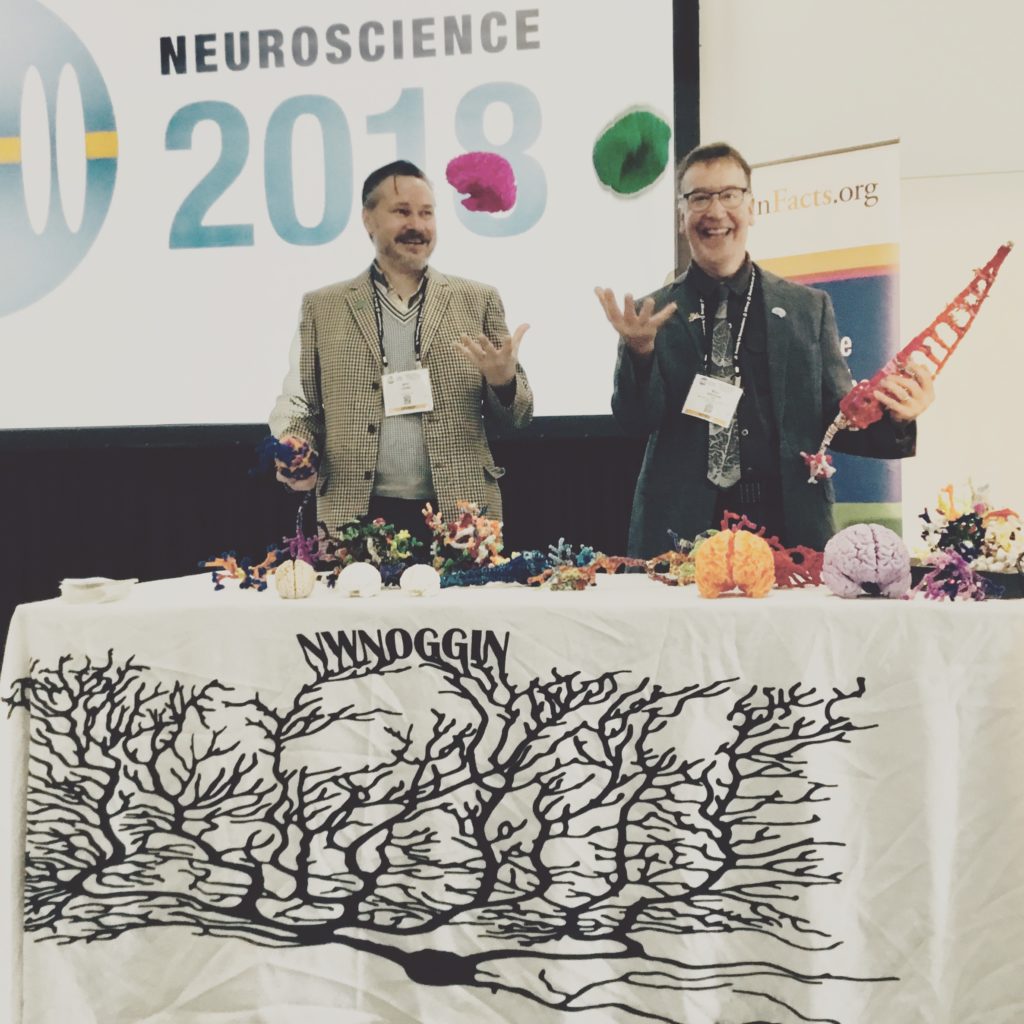
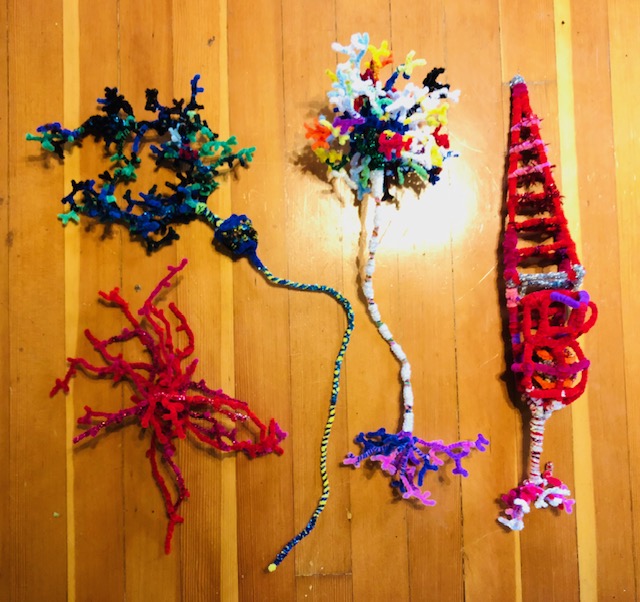
We planned our own keynote around images, 3D printed brain models, and a plethora of various pipe cleaner crafted neuron types. There was no rote pitch, but rather a back and forth celebration of the benefits and joy of learning from each other through shared storytelling and art, discovering the relevance of what we research, study and explore for so many in our community and communities around the world.

LEARN MORE: NW Noggin STEAM Art Projects

Reach out, partner, go places…

…and don’t wait for big institutions.
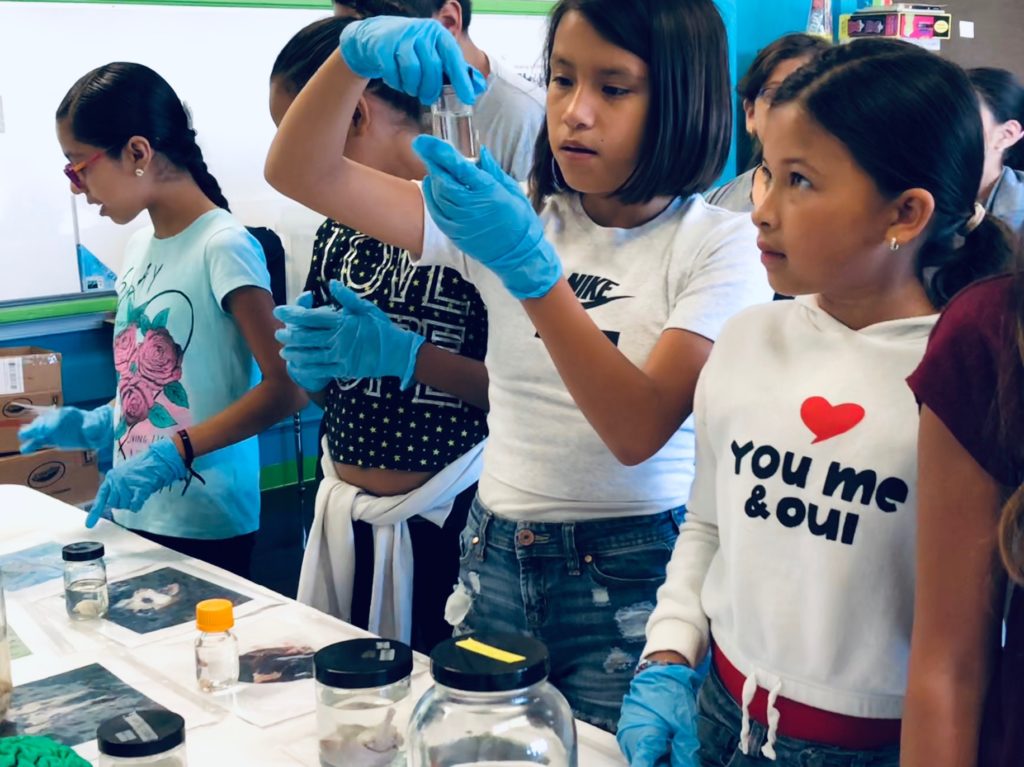
Big institutions often disappoint. Former President Obama, at the 2016 Frontiers Conference for innovators, noted that many large institutions change focus from an original mission of service to the preservation of less effective, more costly administrative structures.
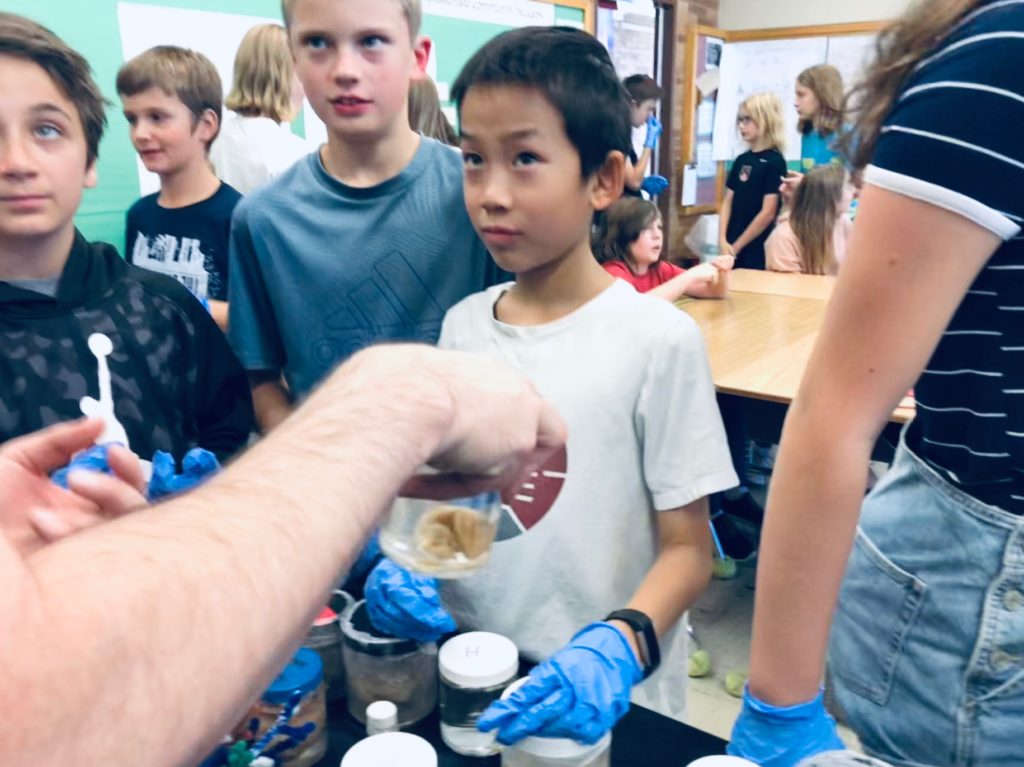
This resonates with many…
LEARN MORE: Noggin @ White House Frontiers
In our own case, we once worked at a suburban branch of a state university where administrators dismissed the value of art, and told us to quit highlighting volunteers from other campuses. They spent valuable public tax money on…higher salaries for administrators and football coaches, and marketing remunerative “science communication” conferences for colleagues, instead of actually communicating science, teaching, direct public engagement or the arts.

Four million/year for one football coach is a lot of pipe cleaners!!
LEARN MORE: BioGifting brains
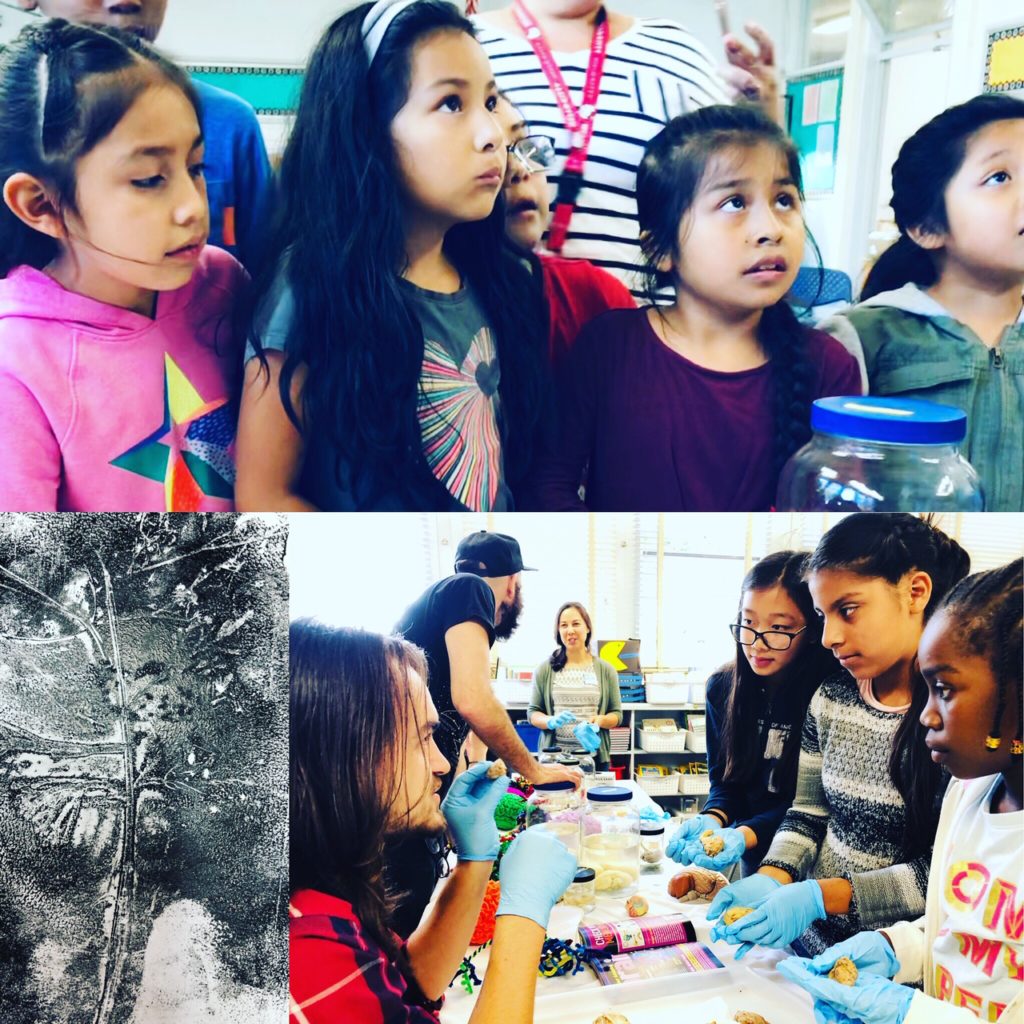
“There are a world of answers, outside the loop.” ―
So don’t wait around – skip the institutional buy in, and go!

We’ve had pipe cleaners, sheep brains and electrodes donated by the Portland Alcohol Research Center, and NIH BUILD EXITO – and some items are already stocked at schools. For rural outreach, we’ve had teachers put us up and feed us (and introduce us to baby goats!).

You get as much or more out of outreach than you give, in terms of joy, education and discovery. And, ultimately, go find more receptive institutions that genuinely strive to live up to their mission. There is so much opportunity, enthusiasm, and need for connection in our communities, and tremendous benefits from STEM outreach through the arts!

“If you think you are too small to be effective, you have never been in bed with a mosquito.” -Betty Reese
After our keynote, we enjoyed conversation with fellow outreach enthusiasts – and made art!

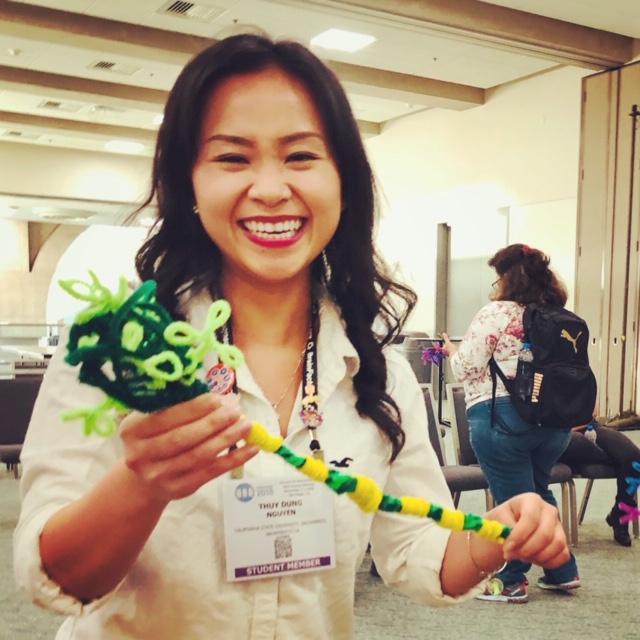
“This is a GFP expressing glutamatergic neuron!” Pipe cleaners shipped to the conference courtesy of the NIH BUILD EXITO program at Portland State University…


MAKE YOUR OWN: NW Noggin STEAM Art Projects

During the last two SfN conferences our volunteers followed up their poster and other formal science presentations with visits to area public schools…

LEARN MORE: From classrooms to Congress!
LEARN MORE: Cortical Connections in San Diego Schools!
STAY TUNED: More posts on the way about our collaboration with San Diego Unified Public Schools, and two remarkable sunny days in the classroom…
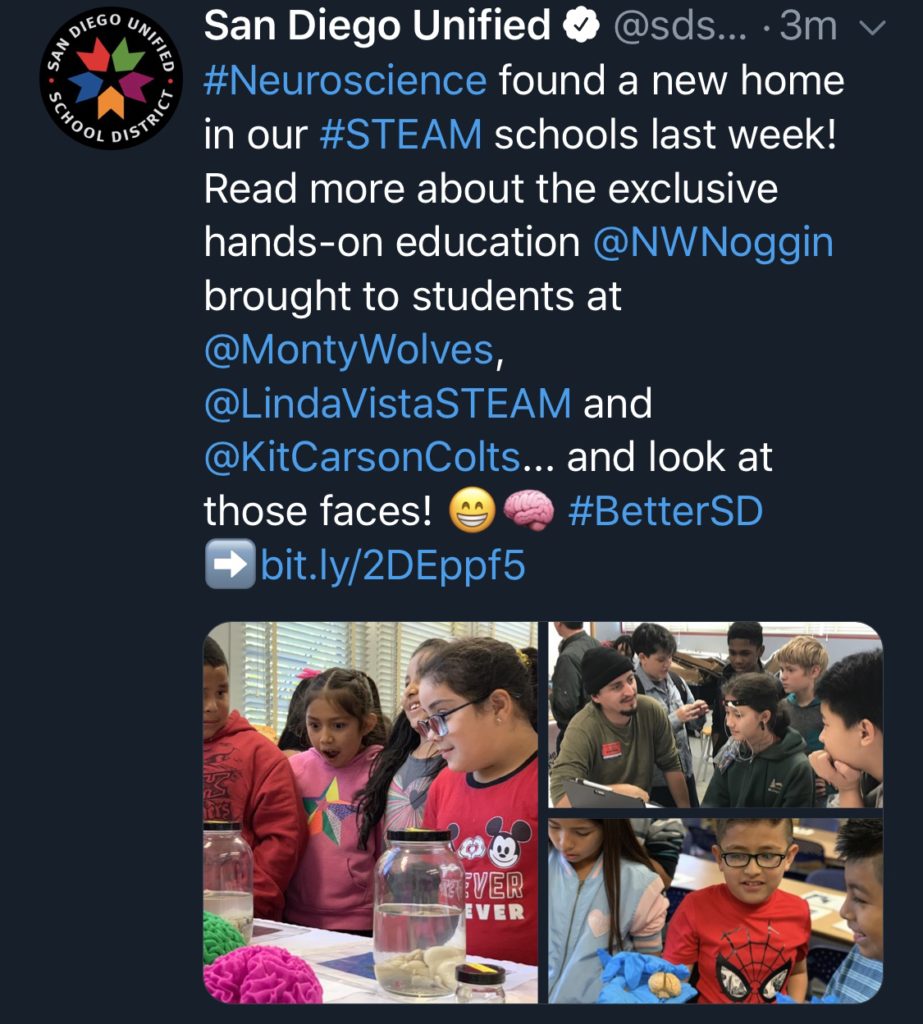
LEARN MORE: Montgomery, Linda Vista and Carson students get brainy with university neuroscientists
Noggins & Noodles @ SfN!
